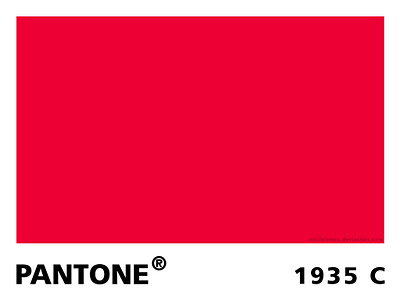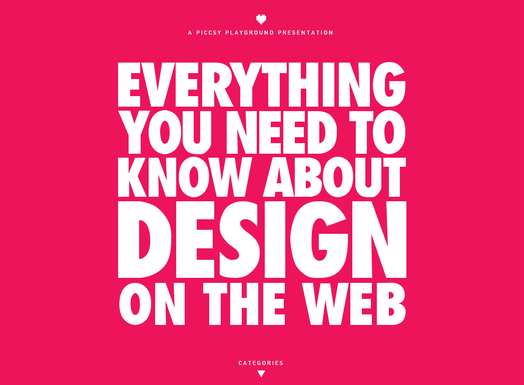Colors do more than most people give them credit for. In web design, they aren’t just physically helping define a page. They can set a mood, establish trust, excite viewers, and define your brand. Colors can help a company secure their professional image or severely damage it. Colors can be out of date, and they can be hip or trendy.
The key to understanding how colors function is to understand how we think about and respond to those colors. Onextra Pixel has been exploring colors and offering guides to help us understand the use of color in web design.
Red is a color with perhaps the strongest associations, possibly because it is such a bright, attention grabbing color. It is such a dominant color, it seems to always be extroverts favorite color.
These associations tend to be dramatic connections. Red is normally associated with passion, danger, sacrifice, blood, passion, fire, beauty, and anger. In contrast, in many cultures the color is associated with happiness and love.
Because of these dramatic associations, red is one of the most powerful colors for expressing moods or grabbing attention in all types of media. It encourages appetite, inspires activity, and evokes emotion all depending on the shade used. Pale shades like pink can be soft and feminine, while pure bright reds can be harsh, aggressive, and overbearing. Meanwhile, deep dark shades of red like crimson can evoke warmth and comfort or creepy sinister vibes.
As you can see, red is one of the most versatile colors on the spectrum. If you can choose the right shade for your design, you can create heightened emotion and attention with ease. Or, you can pair it with white and black to create a formal, professional perception.
Due to its incredible versatility red is obviously a popular color on the web and in all other kinds of design. Onextra Pixel has a showcase of websites using red in many different ways to portray a huge variety of moods and emotions.








